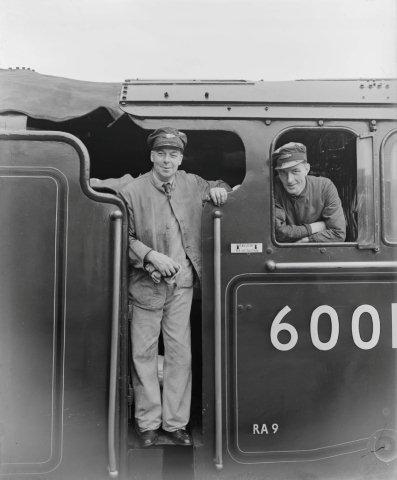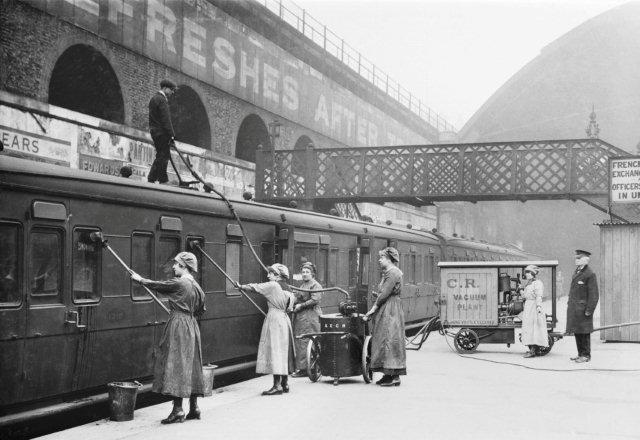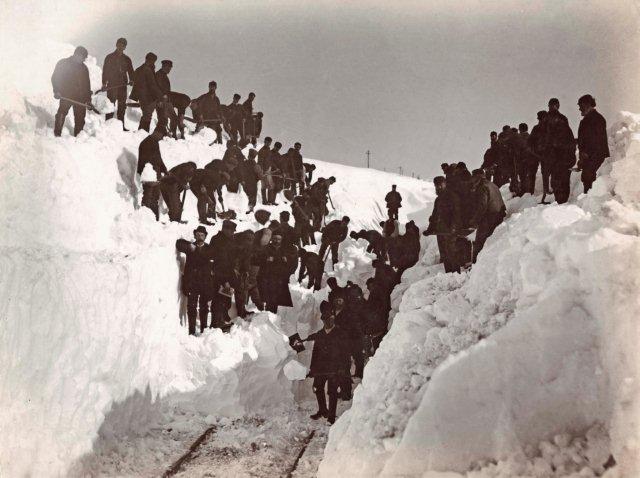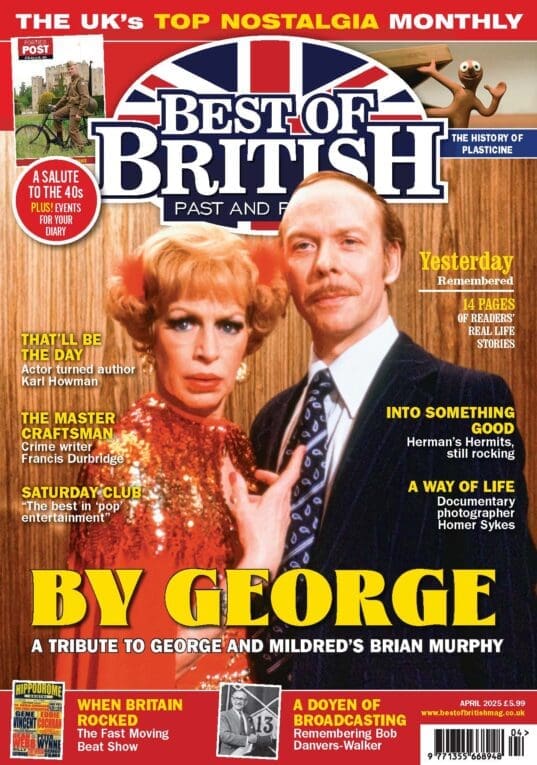A new free exhibition at the National Railway Museum in York allows visitors to find out more about the lives of generations of British railway workers.

Driver P. E. Heavens and his fireman on the footplate of a British Railways Eastern Region A4 class express passenger locomotive No 60015 Quicksilver, July 3rd, 1956 (picture: NRM).
Enjoy more Best of British Magazine reading every month.
Click here to subscribe & save.
Driver, Draughtsman, Cleaner, Clerk: Running Britain’s Railways is on display until June 19th, and uses personal recollections and objects from the archives to explore the everyday lives of the people who kept the railways on track throughout the 20th century.
Visitors can read the memories of real railway workers such as Trackman Harry Arrowsmith who worked on the lineside from 1952-1993 and see the ‘tools of the trade’ that made their day-to-day work possible. Brown’s railimeter, a fascinating fifties device which measured track wear and tear could inform an employee like Harry how much useful life a piece of rail had left.
Hundreds of men like Harry worked day in, day out maintaining the track. Traffic continued running whilst they worked, making it a dangerous occupation. They became experts in the field – often judging by eye if a piece of track needed repairing.

Women workers using an industrial vacuum cleaner to clean railway carriages at London Bridge Station, 1918. The plant used to create the vacuum was so large it had to be accommodated on its own separate trolley (picture: NRM).
Considered to be the elite of the railway workforce were the train drivers, who often had to wait 20 years to get behind the controls of a locomotive as they worked their way up the career ladder. On display in the new exhibition are Camden Shed based driver Bill Starvis’s diaries, which were written as he took the tube home from work. They record his personal experiences of life on the footplate including concerns about safety and his record-breaking runs from 1949-1962.

Highland Railway workers clearing snow drifts from the line at County March Summit, 1895 (picture: NRM).

